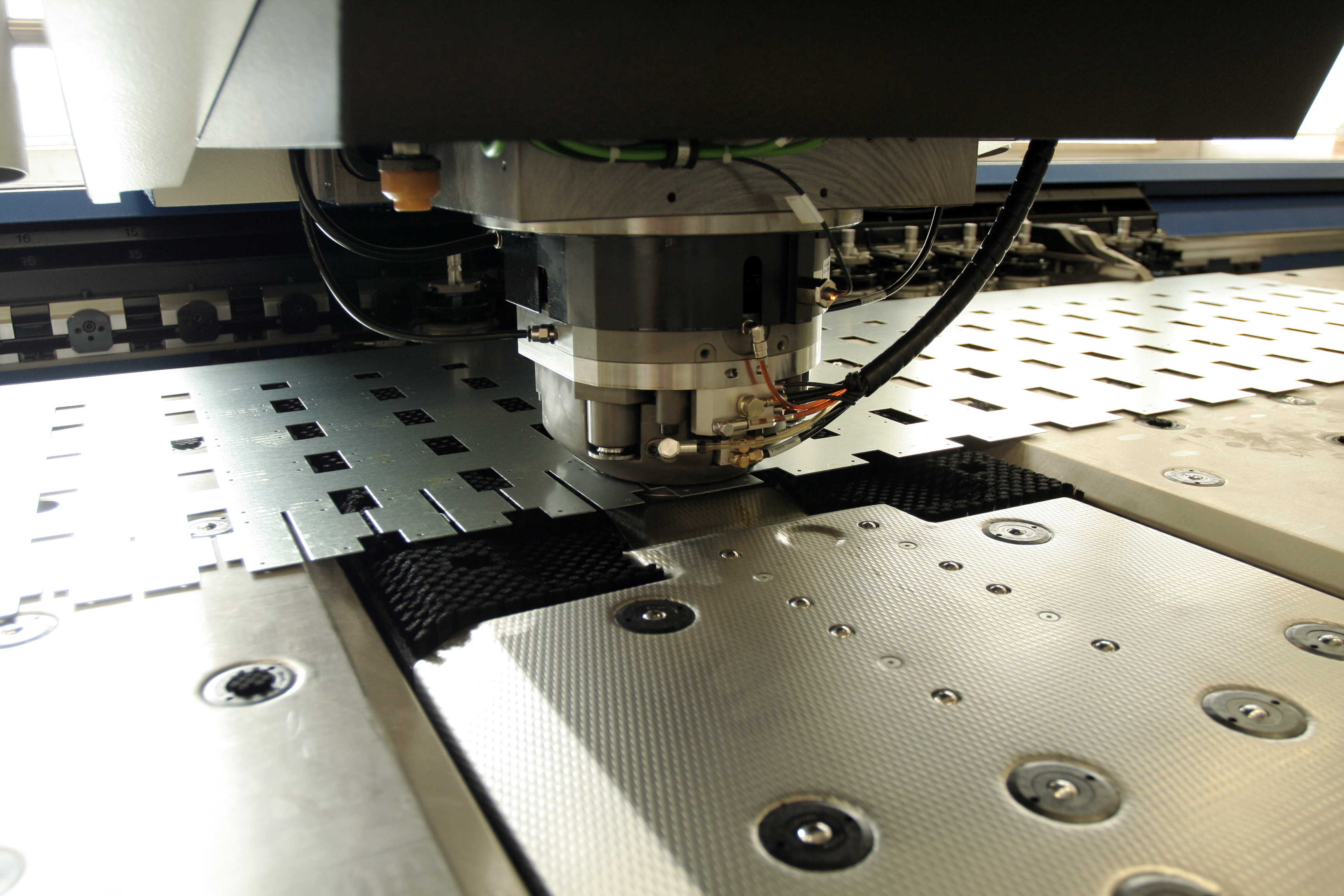Enhancing Wind Energy: The Role of Metal Stamping in Manufacturing Efficient Wind Turbine Components+ View more
Enhancing Wind Energy: The Role of Metal Stamping in Manufacturing Efficient Wind Turbine Components
+ View more
Date:2023-12-27 20:24
Introduction
In the pursuit of sustainable energy solutions, metal stamping plays a pivotal role in enhancing wind energy by manufacturing efficient wind turbine components. This article delves into the significant contribution of metal stamping technology to the wind power industry. By examining its impact on blade production, tower fabrication, nacelle assembly, and electrical component manufacturing, we uncover how metal stamping is driving innovation and improving the efficiency of wind turbines.
1. Blade Production: Precision Engineering for Optimal Performance
Metal stamping enables precision engineering in the production of wind turbine blades, ensuring optimal aerodynamic performance. Through advanced stamping techniques, precise airfoil profiles are formed, minimizing drag and maximizing energy capture from the wind. Metal-stamped blade roots, spar caps, and trailing edge reinforcements provide structural integrity and lightweight design. These components withstand extreme weather conditions while optimizing power generation, making wind turbines more efficient and productive.
2. Tower Fabrication: Ensuring Structural Integrity and Stability
Metal stamping plays a crucial role in the fabrication of wind turbine towers, ensuring structural integrity and stability. By producing tower sections and flanges through stamping processes, manufacturers achieve the necessary strength-to-weight ratio required for tall towers. Metal-stamped tower sections also facilitate easy transportation and assembly at wind farm sites. Through innovative stamping techniques, towers can be designed to withstand harsh environmental conditions, providing long-lasting support for the entire wind turbine structure.
3. Nacelle Assembly: Enabling Efficient Power Generation
The nacelle houses critical components that generate electricity within a wind turbine. Metal stamping contributes to the assembly of nacelles by fabricating various parts such as brackets, enclosures, and covers. These metal-stamped components provide secure housing for generators, gearboxes, and control systems, ensuring their proper functioning and protection. Metal stamping techniques enable precise manufacturing, allowing for seamless integration of components and efficient power generation within the nacelle.
4. Electrical Component Manufacturing: Enabling Reliable Energy Transmission
Metal stamping plays a vital role in the manufacturing of electrical components for wind turbines. Through high-speed stamping and precision forming, metal-stamped bus bars, terminals, and connectors are produced with high conductivity and durability. These electrical components facilitate efficient energy transmission from the generator to the grid, minimizing power losses and ensuring reliable operation. Metal stamping techniques also support the production of customized electrical components that meet the specific needs of different wind turbine designs.
5. Advanced Manufacturing Techniques: Enhancing Efficiency and Quality
Metal stamping incorporates advanced manufacturing techniques that enhance efficiency and quality in the production of wind turbine components. Progressive die stamping, robotics, and automated assembly systems streamline manufacturing processes, reducing lead times and costs. Additionally, automated quality control ensures consistent product quality and compliance with industry standards. Metal stamping's adoption of innovative manufacturing techniques enables manufacturers to meet the growing demand for efficient wind turbine components while maintaining stringent quality requirements.
6. Collaboration and Innovation: Driving Advancements in Wind Power
Collaboration among metal stamping experts, wind turbine manufacturers, and renewable energy researchers drives innovation in the wind power industry. By combining their expertise, these collaborations lead to advancements in stamping techniques, material science, and design optimization. Research and development efforts focus on improving blade aerodynamics, enhancing tower strength, optimizing nacelle efficiency, and developing new materials for electrical component manufacturing. Through ongoing collaboration and innovation, metal stamping continues to play a crucial role in advancing wind energy and creating a sustainable future.
Conclusion
Metal stamping technology is instrumental in manufacturing efficient wind turbine components, enhancing the efficiency and productivity of wind energy. Through its impact on blade production, tower fabrication, nacelle assembly, and electrical component manufacturing, metal stamping drives innovation in the wind power industry. By enabling precision engineering, ensuring structural integrity, facilitating efficient power generation, and supporting reliable energy transmission, metal stamping contributes to the growth and advancement of wind energy. As the demand for renewable energy solutions increases, metal stamping will remain at the forefront, shaping the future of wind power and fostering a cleaner and more sustainable world.
Share to:
Recommend wonderful blog posts

